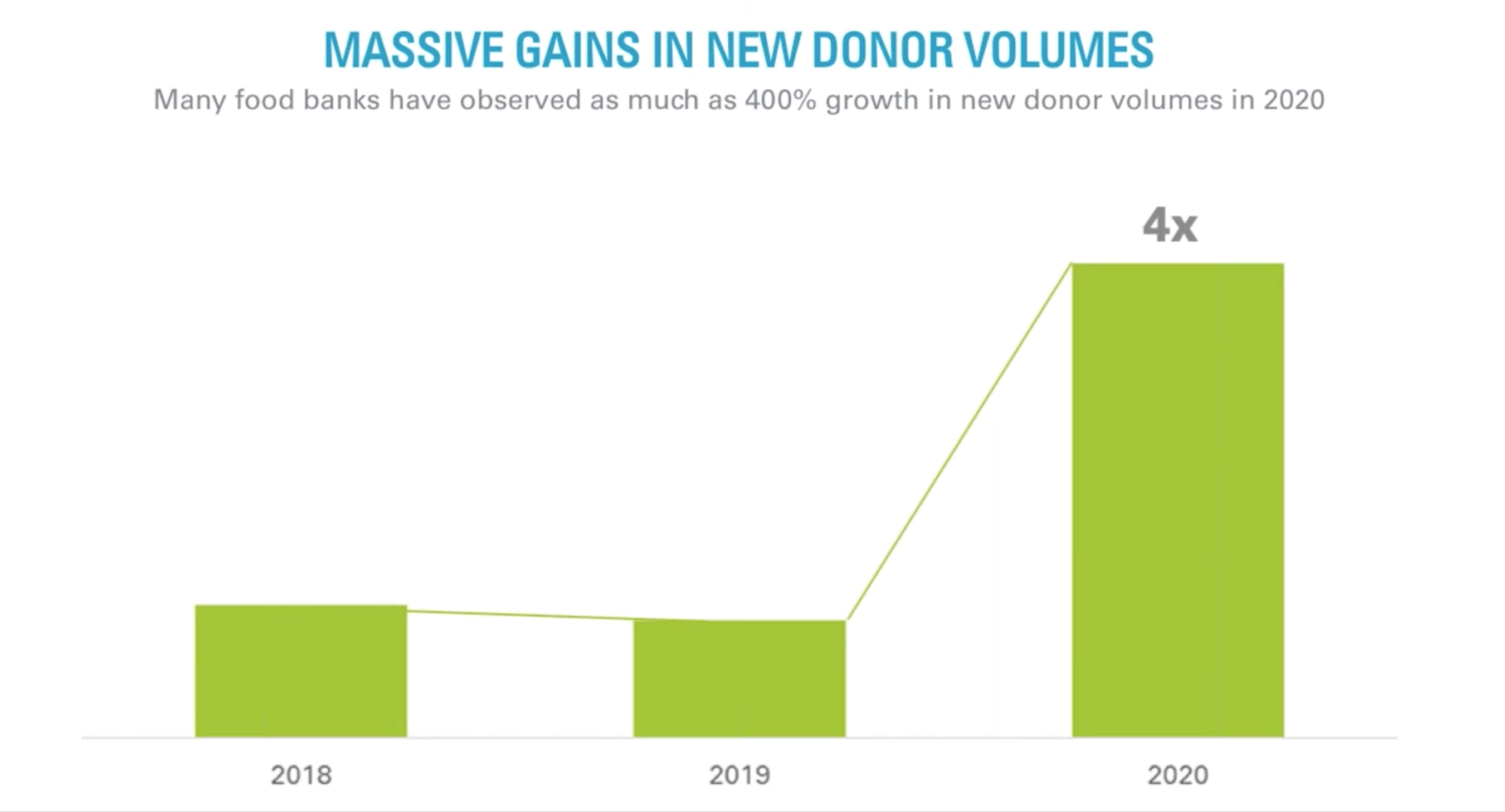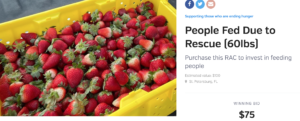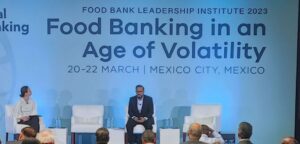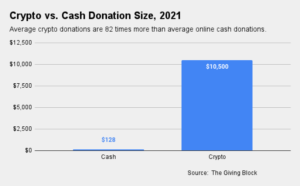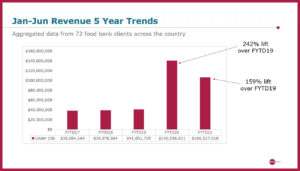At the same time that food banks are responding to unprecedented demand for their services, they are also benefiting from a spike in donations, particularly from first-time donors.
By one measure, food banks are experiencing new-donor growth of as much as 400% in response to the pandemic. The massive outpouring has raised a pressing question for food-bank fundraisers: Can a good chunk of those first-time donors be persuaded to continue to give and become loyal donors?
Typically, first-time donors responding to disaster situations do not tend to convert into annual or regular givers. Responders to Covid-19, however, are exhibiting characteristics that may make them more likely to become reliable donors over time.

TrueSense Marketing, a national direct-response fundraising agency, analyzed a national data set of its food-bank clients to discover that about half of new food-bank donors contributed a first gift of $100 or more. That’s about double the usual rate of roughly 25% who contribute that much in a first gift, said Joe Churpek, Senior Director of Analytics, speaking at a recent webinar.
Because first gifts are an indicator of both capacity and initial commitment, the high level of giving at the $100+ level indicates “a pretty serious desire” among first-time givers to support food banks, Churpek said.
To find out more, TrueSense conducted a survey of about 1,500 donors among its food bank clients. The first insight came from respondents’ high level of engagement with the survey. At every organization, the response rate was 5% or more and even up to 12% in one case, compared to typical response rates of 2% to 3% for such surveys.
“That’s really good news in terms of their prospects for being engaged with your organization in the future,” Churpek said.
Other good news surfaced in relation to gifts of less than $100. Forty-five percent of those smaller givers said they would give again soon, compared to 38% of those who gave initial gifts of $100 or more.
TrueSense found that most of the new donors were at least regular (50%) or infrequent (48%) contributors to other charities. “You have converted people who have been generous elsewhere into seeing the need for your organization right now,” Churpek said.
However, new Covid-19 donors were less likely to say they would continue to support their food bank once the crisis is over. Thirty-nine percent said they would, compared to 69% of regular food-bank donors.
In terms of monthly giving, most new Covid-19 donors (65%) said they were not interested, though 22% said they were somewhat interested and 2% said they were ready to sign up immediately. Those with the greatest interest in monthly giving turned out to be those under 55 years old who had initially given less than $100 (42%). “That’s a very interesting opportunity,” Churpek said.
In general, TrueSense concluded that food banks should focus their Covid-19 donor cultivation strategies around two audience types: those under 55 who gave less than $100 and those over 55 who gave more than $100.
For the younger group, TrueSense is recommending a digital sustainer recruitment package, alongside opportunities for small, one-time gifts. For the more senior group, it advises supplementing digital efforts with traditional direct-mail cultivation.
While Covid-19 might have been the impetus for many first-time donors, those who expressed interest in monthly giving cited more traditional reasons for wanting to give in the future, noting that food banks address the greatest need, while also making a difference in the local community.
“The most committed people with the most potential long-term value care about the classic aspects of food banks that make them such a great offer to begin with,” Churpek said. He added, “This is your time to shine.”
CAPTION ABOVE: Many food banks are experiencing as much as 400% growth in new donor volumes in 2020, according to TrueSense Marketing.
Support Food Bank News in empowering food banks with best practices information about hunger relief.
Connect with Us:
